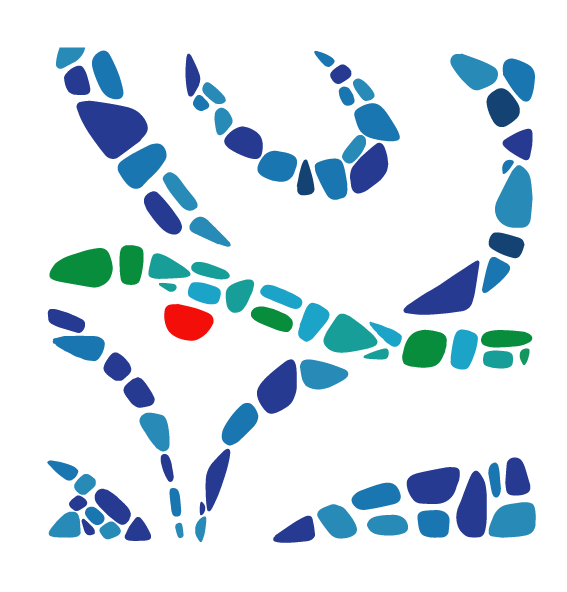Observation and Numerical Modeling of Reversibility of Seawater Intrusion in a Coastal Carbonate Aquifer
Please login to view abstract download link
Due to climate change and human activities, more than 500 coastal cities around the world are under threat of seawater intrusion (SWI). Understanding the mechanism and influencing factors of the reverse process of SWI - seawater retreat (SWR) process is critical for SWI prevention and control. Groundwater salinity variations over the past 50 years showed a fast SWI process and the following SWR process indicated by overall salinity decrease in the coast karst aquifer in the Dalian Peninsula, northeast China. Cross-sectional variable-density flow and transport simulations using equivalent porous medium (EPM) model, dual-domain (DDM) model and the EPM with a single discrete feature representative of conduit flow (EPM-DF) are conducted to understand the SWI reversibility related to the characteristics of the flow system, including aquifer parameters and seaside boundary conditions. Large dispersity combined with a low salinity concentration at the sea boundary are necessary in the EPM and DDM models to produce a fast SWI and low salinity concentration as observed. The enhanced dispersion in the DDM model enhances the mixing in the transition zone (TZ) and produces more obvious seasonal variation but longer SWR process compared to the EPM model. The EPM-DF model produces significant salinity seasonal variation during the SWI process and a fast decrease in the SWR process. The overall fast system response but low peak concentration during the SWI might be attributed to the highly heterogeneous characteristics of the karst aquifer system, which produces a wide front edge of TZ as observed. The dispersion-dominated EPM and DDM models produced higher degree of SWI reversibility compared to the EPM-DF model, as indicated by the weaker lag effects between groundwater levels and salinity concentration. Moreover, the SWI reversibility may arise not only from the heterogeneous characteristics of the karstic aquifer system but also from the rate for rise in the inland groundwater level during the seasonal variation cycle. An overall SWR process can be divided into two stages: the first stage with rapid decrease in salinity concentration but small changes in toe associated with TZ widening and the second stage with rapid toe retreat during aquifer flushing. The flushing of the brine leakage from the solar salt field may extend the SWR process.
